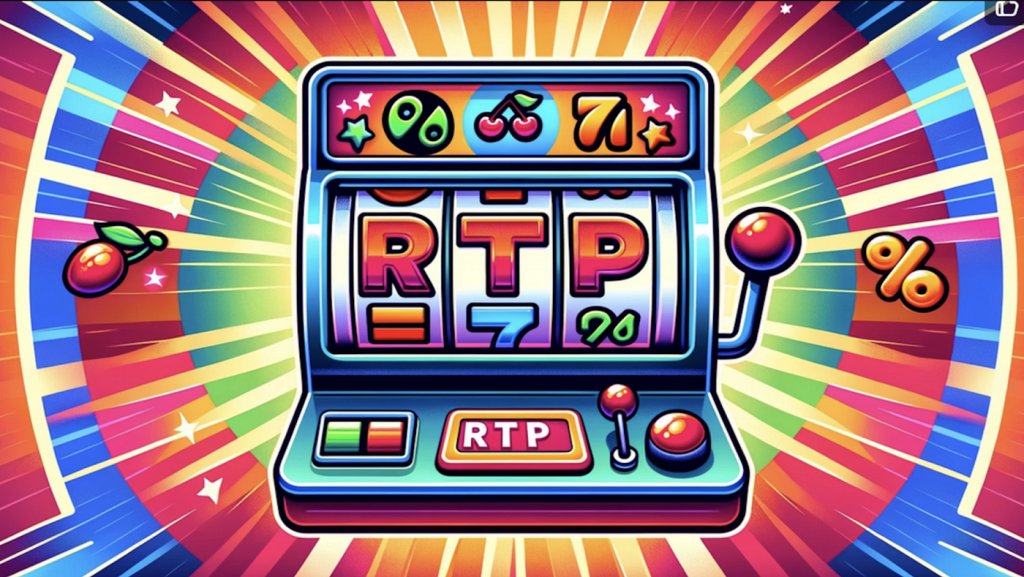Demystifying RTP and RNG: The Pillars of Fair Play in Online Gaming
In the intricate realm of online gaming and gambling, two pivotal concepts reign supreme: Return to Player (RTP) and Random Number Generator (RNG). These elements are not just technical jargon but are the very foundation upon which the fairness and transparency of online gaming are built. Understanding these concepts is crucial for players seeking not only an enjoyable experience but also a fair chance at winning.
RTP, or Return to Player, is a metric that represents the percentage of wagers that a game BIG888 is expected to return to players over time. It is a theoretical average, calculated over thousands of spins or rounds, and serves as a guideline for players to gauge the potential payout of a game. For instance, an RTP of 96% suggests that for every $100 wagered, players can expect to receive $96 back in winnings, on average. It’s important to note that RTP is not a predictor of individual outcomes but rather an indicator of a game’s overall payout rate.
On the other hand, RNG, or Random Number Generator, is the unsung hero of fair play in online gaming. This sophisticated algorithm is responsible for generating a sequence of numbers that correspond to the outcomes of the game. Whether it’s the spin of a slot reel, the shuffle of a deck of cards, or the roll of a dice, RNG ensures that each result is entirely random and unpredictable. This randomness is what makes online gaming fair for all players, as it eliminates any possibility of manipulation or bias.
The synergy between RTP and RNG is what creates a balanced and equitable gaming environment. While RTP offers players an insight into a game’s long-term profitability, RNG guarantees that each spin or hand is independent and fair. This means that while RTP can help players make informed decisions about which games to play, it does not guarantee wins in the short term. The element of chance, governed by RNG, ensures that the thrill of unpredictability remains at the heart of the gaming experience.
For players, understanding these concepts is paramount. When selecting a game, it’s wise to consider both the RTP and the presence of a certified RNG. A high RTP can suggest better odds, but it’s the RNG that truly ensures the game is played on a level field. Ultimately, while RTP and RNG can influence the gaming experience, the allure of gambling lies in its unpredictability—a realm where luck and chance intertwine, and the outcome of each game remains a delightful mystery.
RTP (Return to Player)
The Return to Player (RTP) percentage is a critical metric in the gambling industry, representing the theoretical amount that a game will pay back to players over an extended period. It is a statistical expectation rather than a promise of immediate returns. For instance, a slot game with an RTP of 95% suggests that for every $100 wagered, players can anticipate receiving $95 back on average, with the remaining $5 being the house edge. This percentage is calculated over millions of spins, ensuring that the outcomes align with the stated RTP.
RNG (Random Number Generator)
At the heart of fair play in online slots lies the Random Number Generator (RNG). This sophisticated algorithm is the backbone of randomness in digital slot machines. The RNG operates by generating a sequence of numbers at lightning speed, each corresponding to a unique set of reel symbols. When a player initiates a spin, the RNG selects a number from its current sequence, determining the spin’s outcome. This process ensures that each spin is independent and has an equal chance of winning, regardless of past spins. The RNG’s role is to maintain the integrity of the game, providing players with a genuinely random and fair gaming experience.
Volatility Terminology in Slot Games
Volatility in slot games is a crucial concept for players to understand, as it directly impacts their gaming experience and potential winnings. Here’s a breakdown of the different volatility types and their implications:
Low Volatility: Slot games with low volatility are designed to provide players with more frequent wins, but the payouts tend to be smaller. This type of volatility is ideal for players who prefer a lower risk approach and enjoy extended gameplay sessions without significant fluctuations in their bankroll.
Medium Volatility: Games with medium volatility offer a balanced approach between low and high volatility. Players can expect a moderate frequency of wins with payouts that are neither too small nor too large. This volatility level is suitable for players who want a mix of entertainment and the chance for decent wins.
High Volatility: High volatility slot games are characterized by less frequent wins, but when they do occur, the payouts can be substantial. This type of volatility appeals to players who are willing to take bigger risks in pursuit of larger rewards. It’s ideal for those who enjoy the thrill of potentially hitting a big win.
Understanding the volatility of a slot game helps players make informed decisions about which games to play based on their personal preferences and risk tolerance. For those looking to maximize playtime and minimize risk, low volatility games are a good choice. Conversely, players seeking the excitement of potentially winning large sums should consider high volatility games. Medium volatility games offer a compromise for those who want a bit of both.




